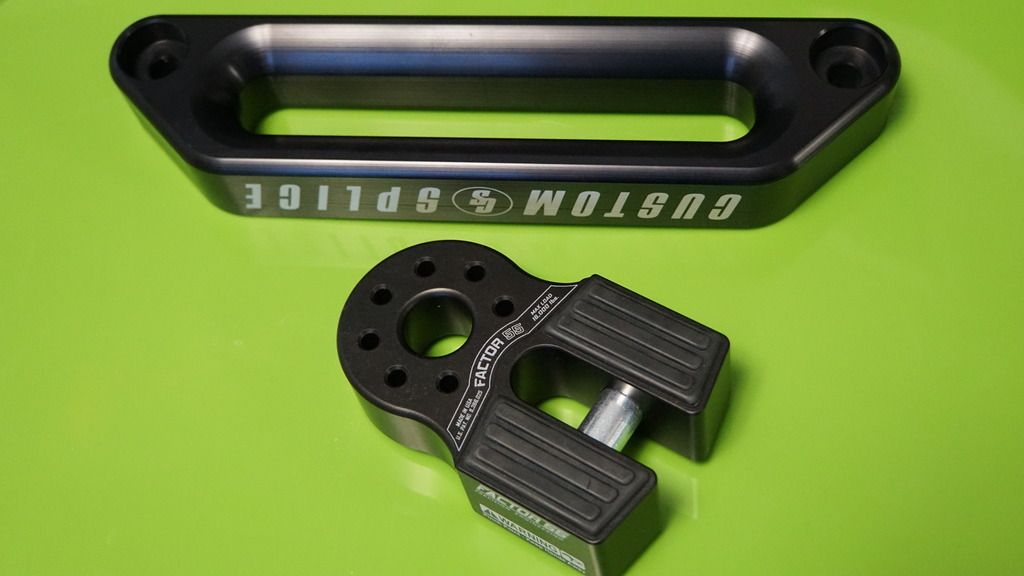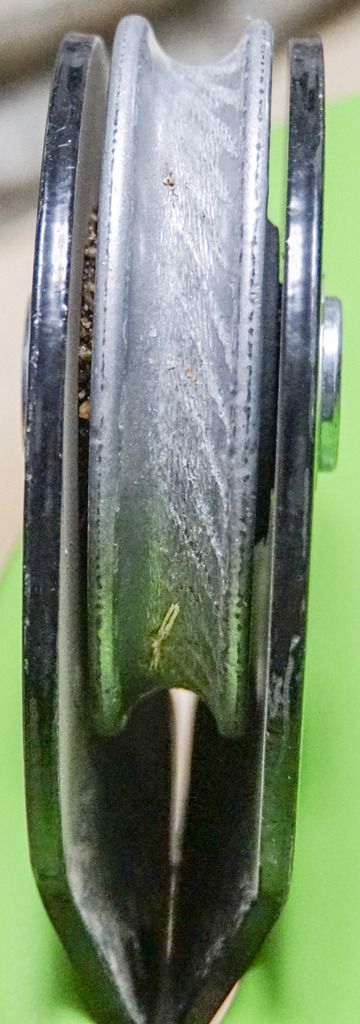Yes and no Scott. Yes, we should be concerned about exceeding the capacity of the equipment we use to recovery our equipment. But that requires we understand the limitations of the gear.
But also no. You specifically mention soft shackles. There's been a lot of research in the slackline industry, especially with the recent popularity of soft shackles.
The only real bend radius I commonly see employed is that which is on the sheaf of a recovery pulley; certainly within the design of synthetic lines.
I'm especially confident of the use of soft shackles due to the rigorous testing and advancement in modern synthetic fibers. Another aspect that differentiates soft shackles is the type of knot and splice involved. I've attached an excellent article for your review and determination of what's best for you. For recreational recoveries I have room for both steel screw-pin bow shackles and soft shackles.
http://www.balancecommunity.com/slack-science/comparison-soft-shackle-methods/









 seriously no markings on the thing, it came with my 12k winch so I'm sure its safe but would be nice to know the rating.
seriously no markings on the thing, it came with my 12k winch so I'm sure its safe but would be nice to know the rating.